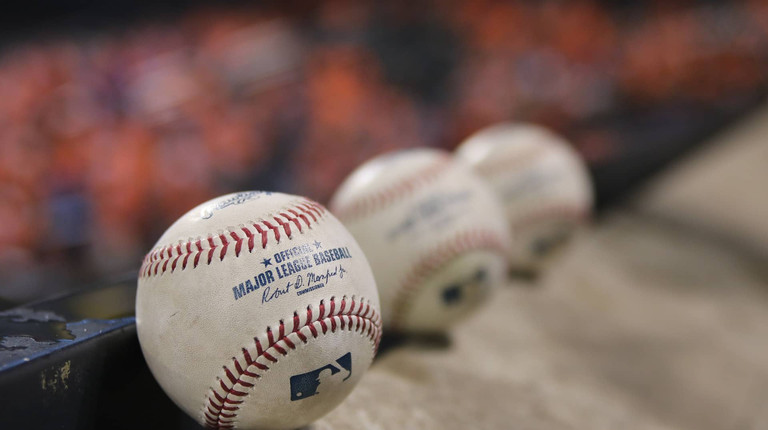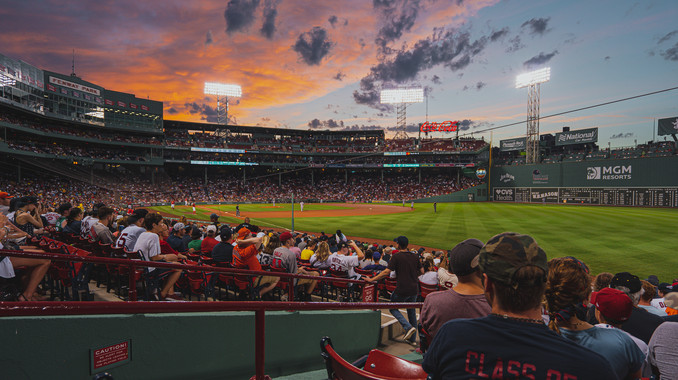Baseball. One of America’s favorite pastimes since the game began more than 150 years ago. Childhood memories of Little League games and the awe of entering a massive stadium for the first time. From youth to adulthood, it seems like the magic of baseball never changes.
This year, however, baseball is changing. With the start of the 2023 season comes changes to the rules and regulations many of us know so well. What are the new MLB rules, why were they initiated, and most importantly, how will they affect the game? Keep reading to get the information you need to know.
Why change the MLB rules?
This isn’t the first time in the history of Major League Baseball that rules have been adjusted for the sake of the game. According to MLB consultant, Theo Epstein, an example of this goes all the way back to 1893, when the league determined the pitcher’s mound should be 60 feet and six inches from home plate. The league chose to do this to prevent the pitcher from constantly striking batters out with the novel curveball.
\
Since then, the league has been working on cutting down time between pitches and improving the pace of the game, much for the sake of fans watching the game either in the stadium or at home on TV. According to Epstein, the new rules are intended to “restore the game the way it was played traditionally,” as Epstein put it.
What are the new MLB rules?
The new rules for MLB for the 2023 season fall into three distinct categories: timing, fielding and safety.
Let’s go over them individually.
Timing
Depending on the game, baseball can take a while. Innings will still be the determining factor of the length of a game, but rule changes have been implemented to avoid unnecessary delays.
To keep the pace moving, there is now a 30-second timer between each batter. Once a pitcher receives the ball, they have 15 seconds to begin their next pitch when the bases are empty. Pitchers are allotted 20 seconds when there are runners on base.
Another change for pitchers, they are now only allowed two disengagements from the mound “per plate appearance with a runner on base.” These disengagements will lead to the timer to reset.
Shift Restrictions
The next rule that was implemented regards the defensive team’s players on the field. Before 2023, many teams used a strategy called “shifting,” which involved shifting defenders to different areas of the field based on the player at bat. According to CBS Sports, this strategy was mostly used against left-handed hitters.
Now, a team must have at least four players on the infield, “with at least two infielders completely on either side of second base.”
Why mandate where players stand on the field? It’s about creating more action during each play. Ideally this will allow offensive players to hit more singles and improve batting averages.
Base Sizes
The final category of rule changes was done largely for safety, rather than for fans’ entertainment or speed. Each base besides home plate has been expanded from 15 inches across to 18 inches.
The change is aimed at reducing collisions between fielders and runners.
How will the rule changes impact the game?
Because these changes were made with the players’ safety and fans’ enjoyment of the game in mind, they are mostly beneficial. An exception may be the increased rate of penalties from time-related infringements occur.
If a pitcher does not begin their next pitch by the 15 or 20 second mark, they will be charged with an automatic ball. The expectation of timeliness falls on batters, too: they must be “in the batter’s box and alert to the pitcher by the 8-second mark on the clock.” If not, they will be charged with an automatic strike.
Regarding the MLB rule changes around shift restrictions, changes will be less noticeable. Despite this rule change being the most controversial, preliminary analysis states the changes in batting average will be marginal. Still, the game’s speed and excitement will benefit from this change.
Teams will need to reassess their current strategies too, potentially leading to innovative ways to defend. Changing base sizes may seem insignificant, but the increase in base size does lead to a slightly shorter distance between bases. This may make stealing bases easier for the batting team.
Will the rule changes work?
The short answer is yes. There will be more analyses at the end of the 2023 MLB season to confirm this, but the MLB is confident these changes will succeed.
Why? The Minor League has been testing these new rules in more than 8,000 games, according to the MLB, and the results are promising. In 2022, Minor League games were 25 minutes shorter than games without pitch clocks in 2021, had more stolen bases, and increased batting averages marginally.
Watch MLB on DIRECTV
There you have it. And in the end, the game we love and know so well isn’t much different than before. And I don’t think many fans have a problem with the game getting more excited. I sure don’t!
Now that you know what rules have changed and their impact, you’re ready for the 2023 season. And with DIRECTV, you’ll never worry about missing a play. A world-wide leader in sports coverage, DIRECTV has all the channels you need to catch all 2,430 games this season.
Check out where to watch:
Regional Sports Lineup (only available in some areas)
![]()
DIRECTV Insider brings you our views on what’s happening in streaming, t.v., movies and sports. Companies and persons mentioned are not necessarily associated with and do not necessarily endorse DIRECTV. We will disclose sponsored content on our site when we show it to you, and some of the links on the site may be ads or affiliate links which means DIRECTV may earn compensation from your purchases.















